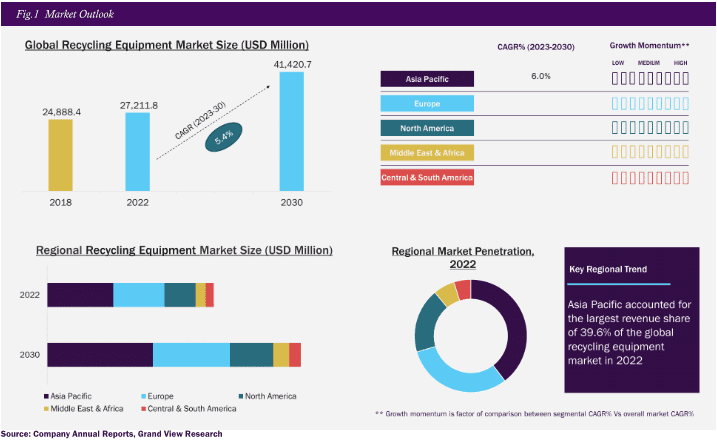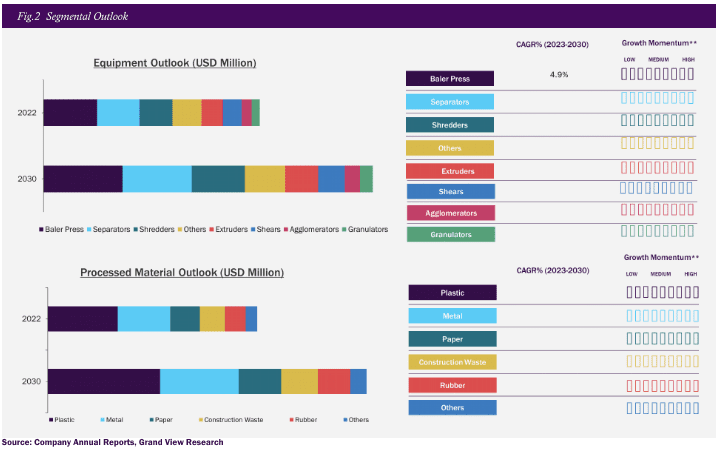In this blog post, we will explore the importance of reusing manufacturing equipment, both from an environmental standpoint and as a cost-effective solution for businesses.
In today’s world, where sustainability and environmental consciousness is becoming increasingly important, businesses are seeking ways to reduce their ecological footprint. One often overlooked avenue is the reuse of new and unused manufacturing equipment. Buying brand new equipment may seem like the default choice, however reusing equipment can have significant environmental benefits.

- Reducing Resource Consumption: Producing new equipment requires substantial amounts of raw materials, energy, and water. By reusing new and unused equipment, we can significantly reduce the demand for these resources.
- Minimising Waste Generation: The disposal of manufacturing equipment contributes to the growing problem of electronic waste (e-waste). E-waste often contains hazardous substances that can harm the environment and human health if not handled properly. Reusing equipment reduces e-waste and the need for disposal facilities.
- Energy and Carbon Footprint Reduction: By reusing equipment, we can avoid the emissions associated with manufacturing, transportation, and the extraction of raw materials. Additionally, the energy required for recycling or refurbishing equipment is often significantly lower than that needed to create new equipment.
- Cost Savings and Business Benefits: Reusing equipment can bring substantial cost savings to businesses. Acquiring brand new equipment often comes with a hefty price tag, while reusing equipment is more cost-effective. By reducing initial capital outlay, businesses can invest in other critical areas. Furthermore, reusing equipment allows for faster implementation, as it is available for immediate delivery.
- Responding to Market Demands: The reuse of manufacturing equipment encourages a culture of innovation and flexibility. It also allows for agility and adaptability, enabling companies to respond quickly to changing market demands.

In conclusion, the importance of reusing new and unused manufacturing equipment extends beyond the environmental benefits, it is a strategy that holds value for both multinational firms and small or startup companies.
Multinational corporations have a significant environmental footprint due to their scale of operations. By embracing equipment reuse, these firms can demonstrate their commitment to sustainability and responsible resource management. Implementing a global strategy of equipment reuse can yield substantial environmental benefits, while also providing opportunities for cost savings, streamlined operations, and consistent equipment standards across various locations. By setting an example in the industry, multinational firms can influence positive change and contribute to a greener future.
Small or startup companies often face financial constraints and limited resources. Reusing new and unused manufacturing equipment can be a game-changer for these companies, allowing them to compete effectively in the market. By opting for equipment reuse, they can significantly reduce their initial capital outlay, preserve cash flow, and allocate resources strategically. It provides an opportunity to access high-quality equipment at a fraction of the cost, facilitating growth and expansion while minimising financial risks.
Whether a multinational firm or a small startup, embracing the reuse of equipment presents numerous advantages. By doing so, businesses can contribute to a more sustainable future, drive cost savings, enhance operational efficiency, and promote a circular economy. Reusing equipment is a win-win proposition, benefiting both the environment and the bottom line, regardless of a company’s size or global reach. Let us embrace this opportunity to make responsible choices that support the planet while fostering business success.

